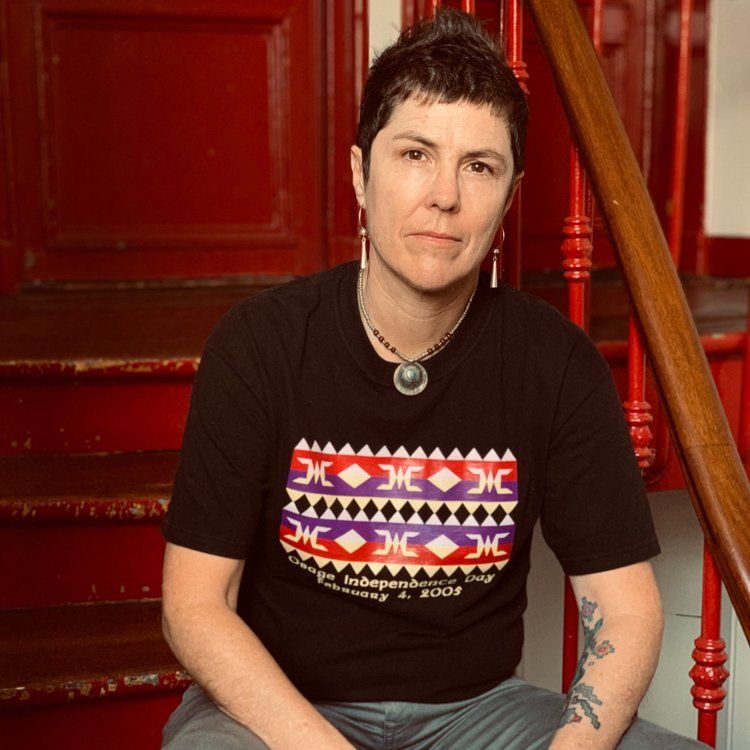
The Osage musician’s great-great grandfather was a tribal council member in the era of the Osage Reign of Terror depicted in the upcoming Martin Scorsese film
Acclaimed queer Native American Osage artist Marx Cassity released the new single, “The Dawn,” off of the forthcoming album 2Sacred, on Oct. 20 to coincide with the release of Martin Scorsese’s film, Killers of the Flower Moon. The film tells the story of the Osage people in the 1920s during the “Reign of Terror,” when oil profits on their land had made the Osage incredibly wealthy and they began to die under mysterious circumstances—systematically targeted for their money. LISTEN TO “THE DAWN” HERE.
Cassity, who works under their given name Marca as a trauma therapist serving LGBTQ+ and Native clients, placed an X in their name for the creation of 2Sacred in honor of the history of gender diversity in tribal societies around the world. As Marx they created songs such as the heart-felt piano-driven rock ballad “The Dawn” to pay homage to their Native ancestors and all that they endured during the Reign of Terror, as well as their queer community during the AIDS crisis of the 1980s. "Both were terrorizing eras of history that took great endurance,” Cassity says.
Cassity grew up on the Osage Nation reservation in Oklahoma, and their great-great grandfather, Frank Lessert Jr., was an Osage tribal council member at the time and place depicted in the film Killers of the Flower Moon and the nonfiction book of the same name. Cassity grew up on the land owned by their great-grandmother, Frank’s daughter, Grace Lessert Freeman. Grace was one of only about 2,300 Osages left alive in 1906, as was the lead Osage historical figure Mollie Burkhart, depicted in the movie by actress Lily Gladstone.
Grace’s son–Cassity’s grandfather Mark Freeman Jr., for whom Marx was named–was born in 1920 and lived through this era. He went on to become an Osage Congressman who established a cattle ranch on the land and gave 9,000 acres of Osage reservation land back to the Osage nation before his death in 2015.
“I grew up with my ancestors being very proud of being Osage, but I could also feel the heavy burden of it,” Cassity says. “My grandfather used to say that his Osage elders taught him that ‘being Osage is hard.’ Throughout history, Osages have been known for wailing in their doorways at dawn. That fascinated me as I mined my own shadow of coming out during the AIDS crisis of the ‘80s while working as a nurse. So, I sing for the Native American LGBTQ youth and elders of today who are still suffering, especially those in isolation.”
Wailing to the dawn
In the doorway of mystery
Holding errors and terrors
And hope for futurity
And we will carry the water
For those unable
And creation of a home
That is loving and stable
Following the recent release of the first two singles off of the record, including “How Long” (an uplifting electronic-rock song about self-acceptance and embracing your identity – WATCH THE VIDEO HERE) and “Somewhere (inspired by the high suicide rates of LGBTQ+ Native youth – LISTEN HERE), “The Dawn” is the third single from the forthcoming full-length album 2Sacred, due out Nov. 5.
As NPR says, “2Sacred tackles subjects like climate change, discrimination against trans and Native youth and the return of Native land.”
Cassity received a Radical Imagination grant from NDN Collective and support from the Osage Nation Foundation to produce the 10-song album 2Sacred that focuses on Two-Spirit resilience as well as the music video for “How Long.”
Learn more about Marx Cassity here.





